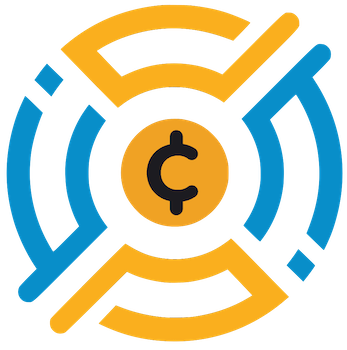Cardano (ADA) has recently found itself confined within a narrow trading range, hovering around the $0.80 mark. This price point reflects a staggering decline of over 40% from its all-time high in December of the previous year. The ongoing fluctuations in ADA’s valuation highlight the volatility endemic to cryptocurrency markets and draw attention to the significant shifts experienced since its peak. Founder Charles Hoskinson’s recent remarks in a YouTube interview added another layer to the conversation about Cardano’s place within the cryptocurrency ecosystem and its potential growth trajectory relative to other blockchains.
In his interview, Hoskinson emphasized Cardano’s unique position in the market, primarily its efforts to create synergy with Bitcoin. He described this ambition as an unexplored opportunity potentially worth $2 trillion. This statement encapsulates the strategic goals of Cardano as it aims to position itself as the decentralized finance (DeFi) layer for Bitcoin, setting it apart from Ethereum and Solana. By focusing on this integration, Cardano may open new avenues for adoption and utility that other platforms may not be pursuing as vigorously.
Moreover, the impending partnership with BitcoinOS is expected to catalyze Cardano’s integration with the Bitcoin ecosystem, signifying an ambitious step toward enhancing its functional repertoire. Yet, it is crucial to acknowledge that Cardano is not venturing into uncharted territory; it faces formidable competition from other blockchain projects, such as Core and Stacks, which are also innovating within the Bitcoin landscape.
The challenge for Cardano becomes increasingly palpable when contrasting its ambitions with current market realities. Ethereum’s shift towards layer-2 scaling solutions, which include popular platforms like Base, Arbitrum, and Optimism, has drawn substantial user interest and investment. These alternatives offer lower transaction costs and utilize Ethereum’s robust security framework, pulling users away from Cardano. Hoskinson’s critique of Ethereum’s layer-2 networks illuminates his concerns about Cardano’s long-term competitiveness in the decentralized finance space.
Moreover, his comments about Solana being unable to sustain its ecosystem under heavy data loads reflect a broader concern as many projects wrestle with scalability issues. These challenges underscore the need for Cardano to not only innovate but also effectively communicate its differential advantages to potential users and investors.
Technically, Cardano appears to be at a crossroads. The price trajectory has formed a recognizable Elliot Wave pattern, suggesting that ADA may be in the early phases of a bullish market. Currently positioned above the 50-week moving average indicates a supportive trend for bulls, which could lead to a significant rebound targeting last year’s high of $1.32—a potential increase of 70% from current levels.
However, for Cardano to reclaim its previous heights, it needs to innovate effectively and resonate with user needs amid a rapidly evolving landscape. It is vital for the project to remain not only competitive but also relevant in discussions about the future of finance, particularly as larger players like Bitcoin and Ethereum continue to dominate the conversation.
The viability of Cardano will largely hinge on its strategic choices and ability to adapt, integrate, and distinguish itself in a crowded market that presents both challenges and opportunities. As developments unfold, the crypto community will be watching closely to see whether Cardano can indeed transform its ambitious vision into tangible success.


Leave a Reply
You must be logged in to post a comment.